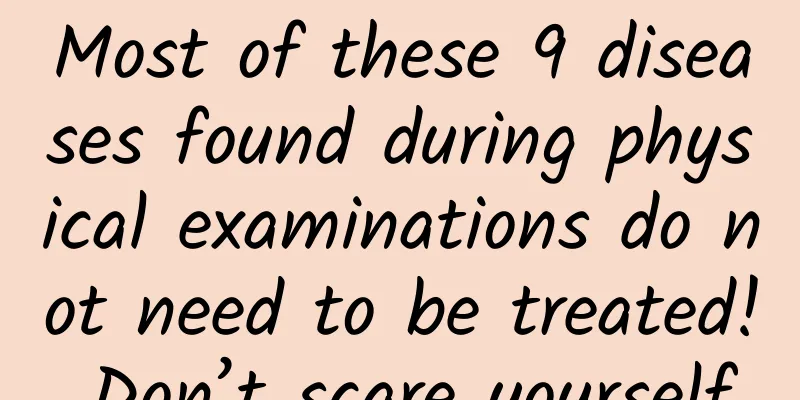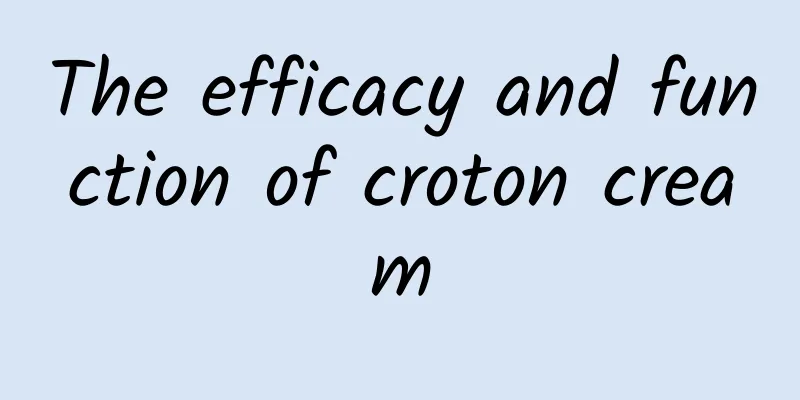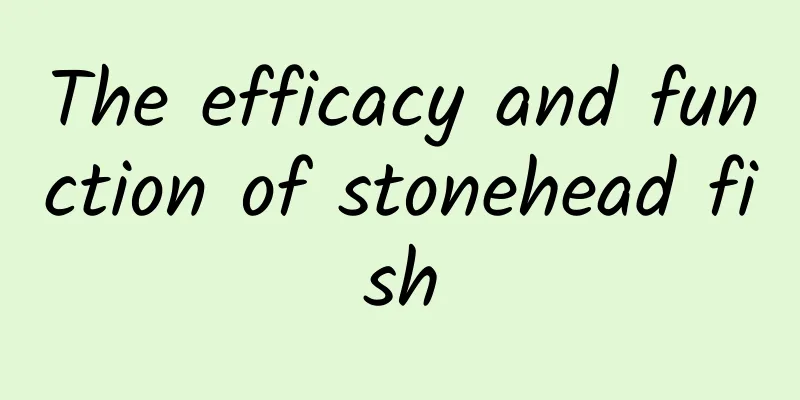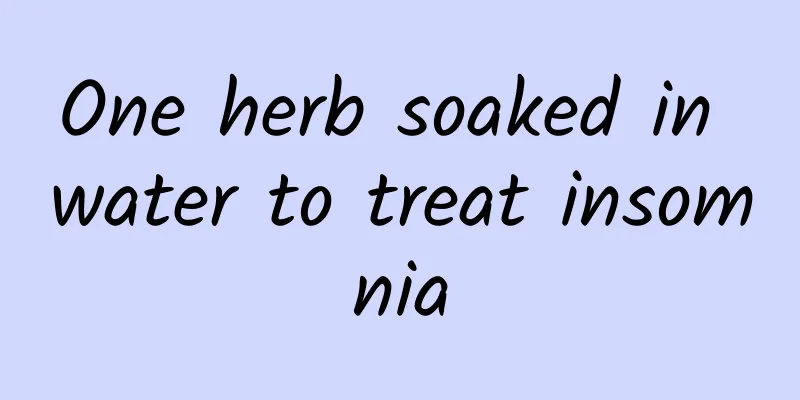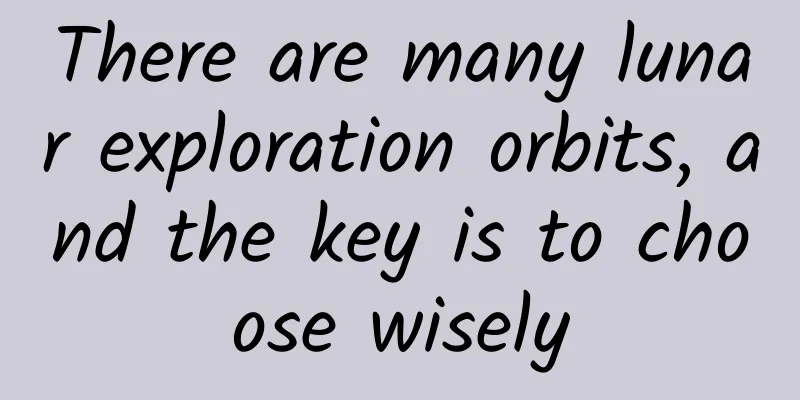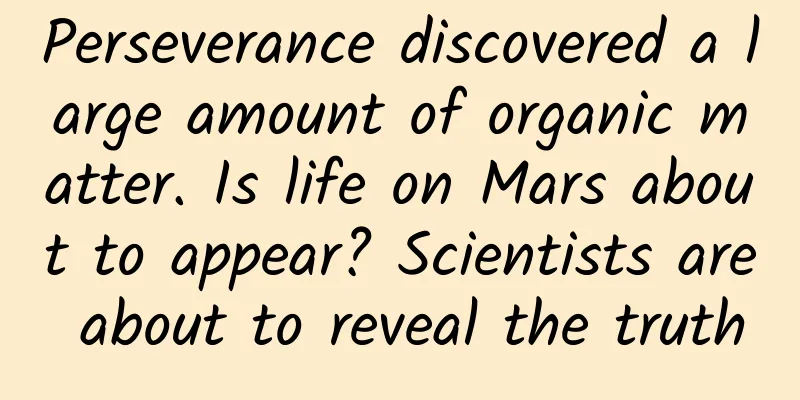The insurmountable “4”: If this number is exceeded, will people’s judgment decline?
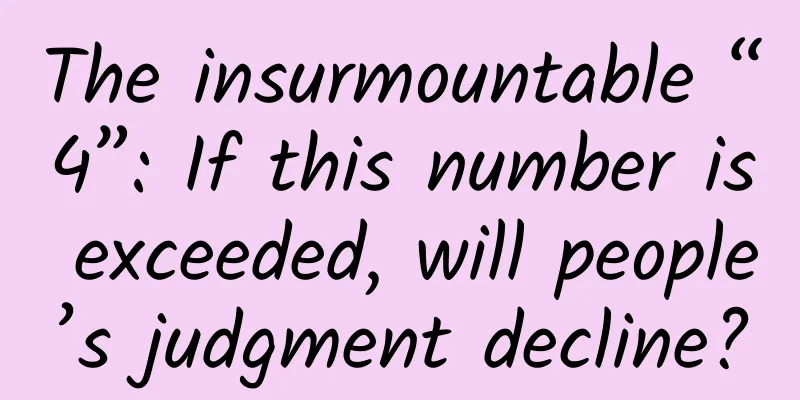
|
For more than a century, scientists have found that people are generally good at visually estimating quantities of four or fewer items. However, when faced with larger numbers, people's ability to judge quantity will drop significantly, and their estimation speed will become slower and more prone to errors. Now, scientists have discovered why: The brain uses a different mechanism to assess quantities of four or fewer than it does to assess quantities of five or more. They made this discovery by recording the activity of neurons in 17 participants, resolving a long-standing debate about how the brain estimates the number of items. The research results were recently published in Nature Human Behavior. "This discovery is closely related to people's understanding of the nature of thinking." Lisa Feigenson, a psychologist and co-director of the Child Development Laboratory at Johns Hopkins University in the United States, believes that fundamentally, this is a question of psychological structure, that is, what is the cornerstone of human thinking. The limits of our ability to estimate large numbers have puzzled scientists for generations. In 1871, economist and logician William Stanley Jevons published an article in Nature describing a survey of counting ability that concluded that, at least for some people, the number five is beyond the limit of perfect recognition. Some researchers have suggested that the brain uses a single estimation system that just isn’t very precise for larger numbers. Others have hypothesized that the difference in performance occurs because the brain uses two separate neural systems to quantify objects. But experiments have failed to determine which is correct. To address the above issues, the University Hospital of Bonn in Germany conducted an observation experiment on 17 participants by recording the activity of single neurons in the brains of awake people. The researchers showed an image of 0 to 9 dots on the screen for half a second and asked the participants whether they saw an odd or even number. As expected, when the participants saw 4 or fewer dots, their answers were much more accurate. Researchers had previously known that there are specialized neurons associated with quantity: some neurons fire when one object is present, others when two objects are present, and so on. Analysis of the participants' neuronal activity showed that neurons responsible for numbers 4 and below responded very specifically and selectively to their preferred numbers. However, neurons responsible for numbers 5 to 9 responded strongly not only to their preferred numbers, but also to nearby numbers. "The larger the number these neurons prefer, the lower their specific selectivity," said Andreas Nieder, an animal physiologist at the University of Tübingen in Germany and the corresponding author of the study. For example, neurons specific to "3" only respond to "3", while neurons with a preference for "8" respond to "7" and "9" in addition to "8". Therefore, people may make more mistakes when trying to quantify a larger number of objects. This suggests that there are two different "number systems" in the brain. Nieder was very surprised because he previously believed that the brain only had one estimation mechanism. "It's hard for me to believe that there is really such a dividing line, but in the face of the data, I have to accept this conclusion." He said. "These findings are very interesting," Feigenson said, adding that they provide new evidence from behavioral research showing that there are two psychological systems for estimating the number of objects. |
Recommend
There are so many museums, how are they classified?
When people are free or traveling, many of them t...
What are the side effects of winter melon peel
Winter melon is a very common vegetable in summer...
What are the side effects of taking evening primrose?
Evening primrose is a plant-based Chinese medicin...
Eel's efficacy and function
I don’t know if you are familiar with eels and wh...
The efficacy and function of rabbit bones
The essence of traditional Chinese medicine is to...
May 4th Youth Day丨100,000 meters of youth! How many meters are you at?
Youth is full of vitality Spreading down and taki...
Scientists took a panoramic picture of the black hole that humans "saw" for the first time!
Produced by: Science Popularization China Author:...
Should you wash raisins before eating them? If you eat them right, they are very sweet, but if you eat them wrong, you will become very fat.
Key Points ★ Bulk raisins can be washed, but rais...
The efficacy and function of fox head
As a traditional Chinese medicine, fox head provi...
Is Chinese medicine effective for breast enhancement?
Female friends all want to have an angelic face a...
How to eat angelica to replenish blood
Angelica is a well-known herb in traditional Chin...
Please note when you see this: Don’t cross your legs!
In the previous article when I was explaining cer...
The efficacy and function of small blue flower gentian
Blue flower gentian is a common Chinese medicine....
Beware! Can't walk after contracting H1N1? Doctors urgently warn that many people have been infected!
When children get the flu, parents are the most c...
Sweetener, no rotting, light taste? Five questions about Sunshine Rose grapes, all you care about is here →
When a person is famous, there are many controver...


